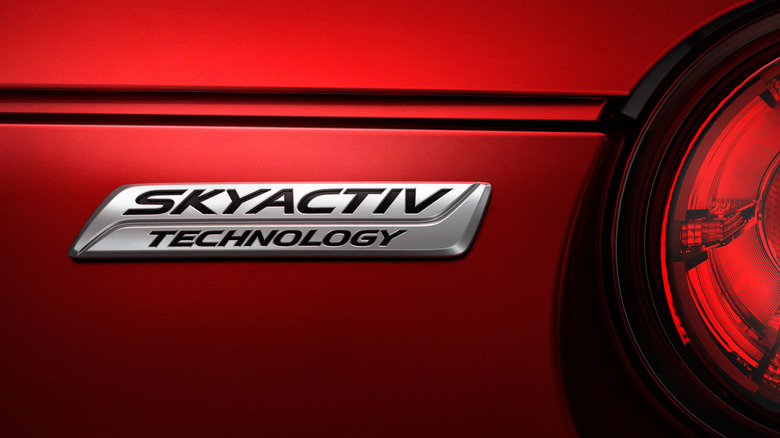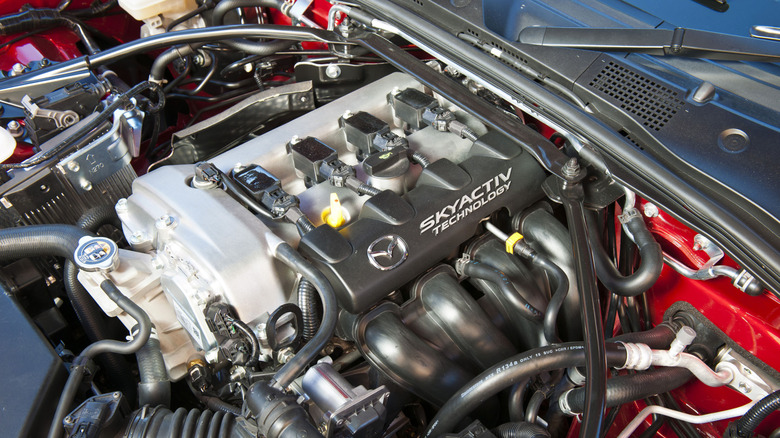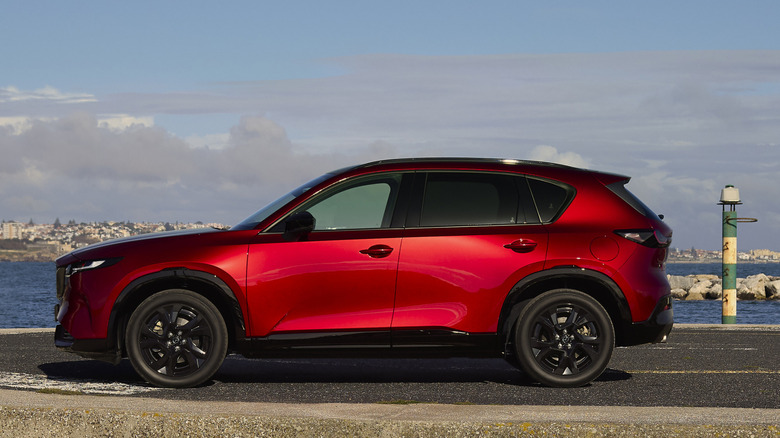How Reliable Are Mazda's Skyactiv Engines? Here's What Owners Say
Mazda's SKYACTIV engine family debuted in 2009 and was first launched with the Mazda DEMIO in 2011. The lineup includes traditional SKYACTIV-G gasoline engines and SKYACTIV-D diesel engines that power much of Mazda's current range. Mazda also plans to replace the G series with the upcoming SKYACTIV-Z, while the innovative SKYACTIV-X compression ignition unit never made it into the U.S.
So, how reliable are Mazda's SKYACTIV engines? According to owners on Reddit, with proper maintenance (oil changes, spark plugs, belts), Mazda's 2.5-liter engines can easily exceed 200k–250k miles without major issues. Owners also share a positive sentiment about the 2.0-liter variant, with one owner noting, "I have 332k km (around 206,000 miles) on it with just regular maintenance."
SKYACTIV 1.5-liter and 2.2-liter diesel variants have a more mixed reputation, with most owners agreeing that the gasoline engines are more reliable. Even though these are some of the most reliable Mazda engines ever, they are not perfect. Here is everything you need to know about what goes wrong with these powertrains and what the future holds for the next generation of SKYACTIV engines.
Common Mazda SKYACTIV engine problems
Carbon buildup is an inherent drawback of a direct injection engine, and some engines are more prone to it than others. Mazda's SKYACTIV family of gasoline engines falls into the latter category, particularly the 2.0-liter variant found in the Mazda3 and the CX-30. These can lead to misfires, fouled spark plugs, reduced power, and are often caused by improper engine oil.
Additionally, earlier 2.5-liter SKYACTIV-G engines can suffer from occasional thermostat failures, or cylinder head cracking that can cause coolant leaks, overheating, and even severe engine damage. The mass airflow sensor can also be a common repair item on the 2.5-liter variant due to an overly rich air and fuel mixture. If it isn't cleaned in time, this sensor could be ruining your car's performance.
According to Top Class Actions, Mazda was involved in a class action lawsuit over defective engine fuel pumps which can, effectively, switch off while driving. The company has since settled by offering reimbursements, repair, and extended warranties to cope with the problem. Although only briefly available in the U.S. with the CX-5, the 2.2 diesel engine has its fair share of issues with the DPF, EGR, and excessive oil consumption.
Future of Mazda SKYACTIV gasoline engines
The next chapter of the SKYACTIV engine saga involves the upcoming SKYACTIV-Z engine which is set to arrive by 2027 and replace the aging SKYACTIV-G. The Z-series will inherit the four-cylinder architecture and is designed to meet stringent Euro 7 and U.S. EPA Tier 4 efficiency standards. By using a clever new lambda one combustion method, these engines will maintain the power output while keeping emissions in check.
As Mazda engineer Masahisa Yamakawa explains, "In conventional engines, meeting stricter exhaust gas regulations would typically result in a reduced output of about 30%, but SKYACTIV-Z is expected to maintain the same power output as before these regulations". Drivers should also keep in mind that the 2026 Mazda CX‑5 is likely to combine the SKYACTIV-Z engine with two electric motors to boost overall efficiency.
The SKYACTIV-Z 2.5-liter engine is also set to power the upcoming Mazda MX-5 Miata. What's impressive is that the SKYACTIV-Z is going to be a naturally aspirated engine paired with a manual transmission, thus preserving the MX-5's driver-focused ethos for the next generation of enthusiasts.


